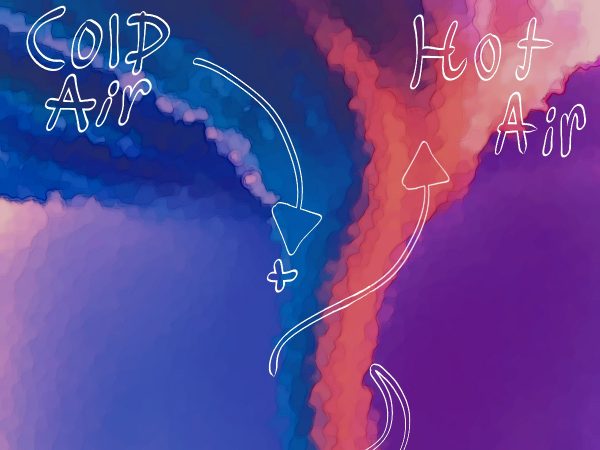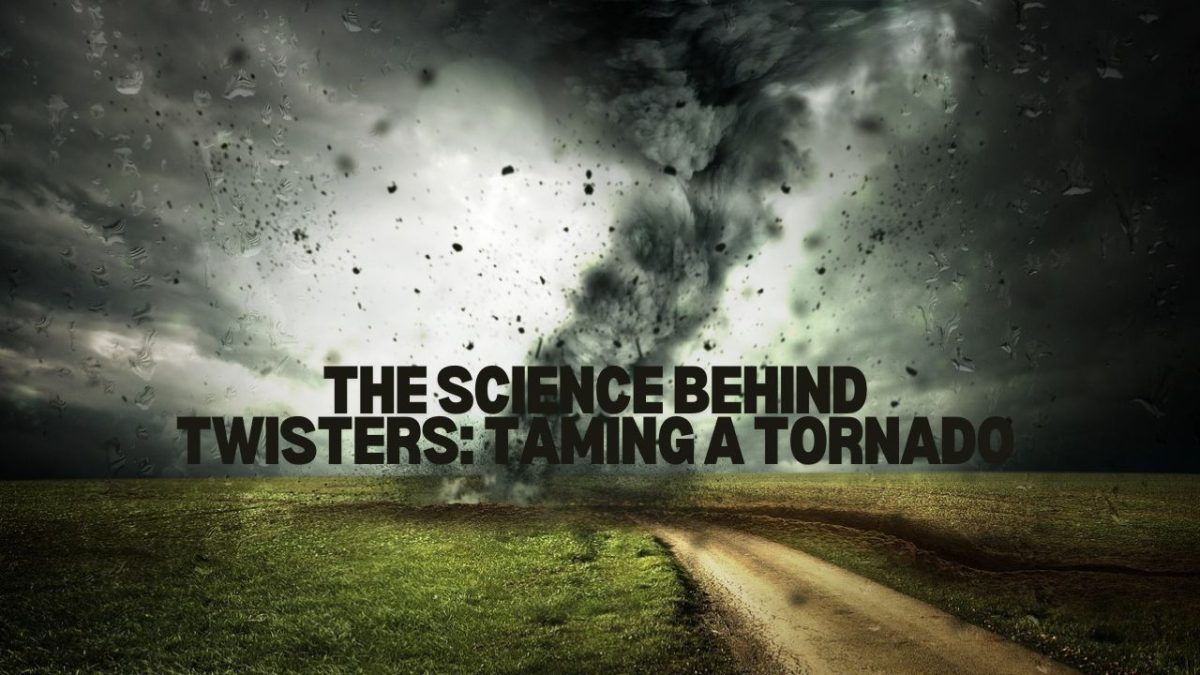“Twisters,” the well-deserved sequel to the 1996 blockbuster film, “Twister” gained significant traction after its release July 19. The sequel became a box-office success due to its extremely talented cast, appealing visual effects and enticing plotline. Accomplished actors such as Glen Powell, Daisy Edgar-Jones and Anthony Ramos star in the film, but the famous cast provides only part of the motion picture’s impeccability. Viewers of all ages highly anticipated the movie due to the exciting trailers and the relative success of its predecessor. The movie lived up to its lofty expectations with a whopping 91% audience score on Rotten Tomatoes. One significant component of the film includes the creation of its meteorological visuals, including Computer Generated Imagery (CGI). It often proves difficult to accurately portray science and technology in a believable way in films; however, “Twisters” exceeds expectations.
“I loved [Twisters]. The character development was great, it was funny, and it was action-packed. [The CGI weather scenes] seemed very real. I would never have known they were edited in and not real videos of twisters. [My favorite part of the movie was] Tyler’s truck. It was so cool, with all of its fun gadgets and safety gear. It even has rocket launchers,” junior Camrynn Cogbill said.
In several ways, “Twisters” portrayed the scientific aspects of weather patterns correctly. The producers of the film collaborated with meteorologists, resulting in a scientifically sound product. For example, several characters discussed key components of tornado forecasting. Said factors include instability, which describes how vigorous potential storms can grow and wind shear, an important factor for rotation and cap, which can initially suppress storms until they punch up explosively — increasing the odds of severe weather.

The film’s main character, Kate Carter, portrayed by Edgar-Jones, spends a significant portion of the film working on a science project that utilizes chemicals to decrease the size and intensity of a tornado. After several failed attempts, she succeeds with help from her love interest, Tyler Owens, portrayed by Powell. Carter’s scientific discovery sparked conversation in the meteorology world about the validity of her methods and the real-life potential of her findings.
“While there is something to the idea of disrupting a tornado, in practical terms it’s probably not feasible, in large part because of the enormous power and scale of movement within these storms. Tornado development is very complex, and it occurs when there is a balance between warm and humid air being drawn into the rotating updraft of the storm, and cooler air, which sinks back to earth from nearer the top of the storm. Often the cooler air will become dominant, choking off the supply of warm, humid air, and disrupting the tornado. So the idea in the film is that if you could release chemicals into the inflow, maybe you could force that process of making the storm outflow-dominant, thereby killing off the tornado,” meteorologist Carl Parker said.
The science behind Carter stopping the tornado, although impractical, could theoretically occur. However, scientists would not likely utilize this technology any time soon to limit storms, as it proves difficult to attain the required resources and challenging to maintain proper safety. Due to the size of severe storms, usually maintaining a volume of around 1,000 cubic miles, it would prove near impossible to attain the volume of chemicals required to impact a storm. Even if one could secure the vast amount of chemicals necessary, it would remain exceptionally difficult to safely feed them into the exact spot to draw them into the storm.
While a significant amount of the science proved factually correct within the movie, parts of the film remain unrealistic and implausible. Several weather phenomena appeared exaggerated or hyperbolized due to the dramatization of events as mentioned in the following quote .
“There were a few sequences that were pretty far off base. They wouldn’t have been surprised by a monster tornado. It’s one thing for a weak tornado to spin up quickly, but storms show their hand long before tornadoes become violent, and there’s no way that two great chasers would have been caught flat-footed. Also, people or objects were sucked up right next to people that were mostly unharmed, and if you’re in the part of a tornado where the vertical motion is that strong, the lateral wind would likely be clearing everything,” Parker said.
All in all, Twisters adequately portrays scientific aspects of meteorology with entertaining action sequences and an interesting plot for audiences to enjoy. Parts of the film contained such realistic CGI tornadoes and storms that it became difficult to establish whether the scenes contained animated or real storms.
The Chant’s rating: B+


















